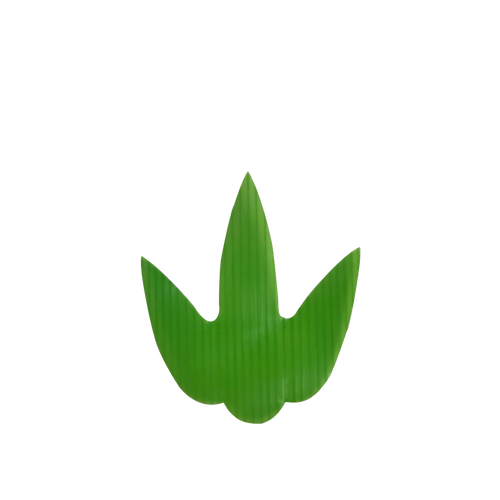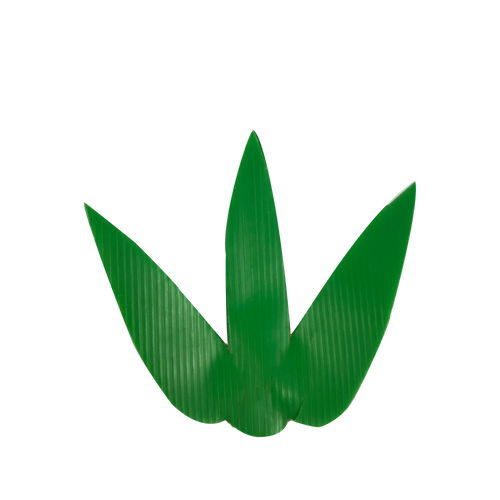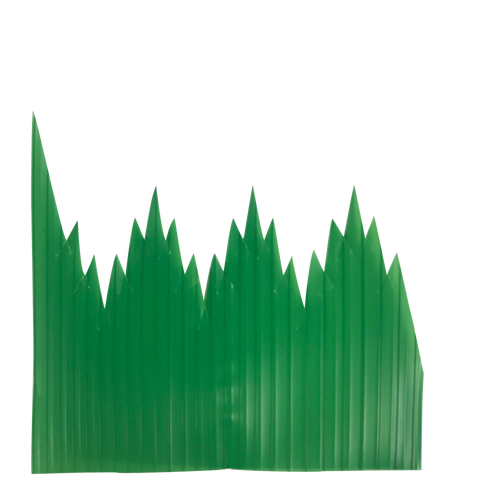Traditionally, haran (from the Japanese ha for leaf and ran for orchid or lily), also known as baran, is made from fresh leaves, not brightly colored plastic. By nestling a watertight leaf between two foods like fish and rice, Japanese chefs are able to preserve the natural flavors of the ingredients and stop scents from co-mingling.
Today, when Japanese chefs pack their bento boxes with fresh leaves, they often use bamboo leaves. Not only do these leaves keep odors from spreading, but they're also antimicrobial, which means they can slow bacteria growth and extend a meal's expiration date. Baran is so common in Japanese cuisine that there's even an entire art form called sasagiri that involves cutting the leaves into intricate patterns.
In recent decades, though, plastic barriers made to look like grass have started to gain popularity in both the United States and Japan. Fake grasses may not look as pretty as the fresh leaves, but it is much cheaper.
| SPECS | |
|---|---|
| Dimensions | 74 x 57 mm / 3.0 x 2.25 Inches |
| Material | Polyethylene |
| Number of Barans (Per Box) | 1,000 pc |
| Number of Barans (Per Case) | 50,000 pc (50 boxes) |
| Type | Food Dividers |







